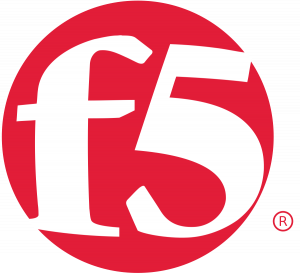Transformation in government technology comes with benefits and challenges. When it comes to applications, change happens so quickly that it can be hard to keep pace.
At GovLoop’s virtual summit Tuesday, “7 Perspectives on Transforming Government,” Gus Robertson, Executive Vice President of AI & Data at NGINX, and Paul Pindell, Principal Architect at F5, shared their insights about the application atmosphere.
Here are three key takeaways that will help you understand and use modern apps better today.
1. Key Differences From Traditional Applications
It took about a 10-year journey to get from traditional, monolithic apps to distributed, modern apps. Here are some basic differences:
|
Traditional |
Modern |
|
|
2. Key Benefits & Challenges
Key Benefits of Modern Applications:
- Business agility: Agencies can scale application needs quickly and frequently. They can deploy new apps and change features more dynamically than before. This lends to better …
- Customer experience: People expect to be able to have the same or similar digital experience as what industry “digital pioneers” started offering a decade ago. Think Netflix, Instagram and AirBnB. They were among the first organizations to start building and using the modern apps we know now to power their customer experience.
Key Challenges of Modern Applications:
- Complexity: There are hundreds of projects and tools for delivering applications. “We’re seeing an incredible tool sprawl happening within most agencies,” Robertson said. “And that complexity is very difficult to manage in terms of delivering applications.”
- Lack of visibility: The complexity is difficult to manage due to a lack of end-to-end visibility. “When you look at applications today, there are a lot of individual moving parts where there is a lack of visibility. Many different people are responsible for different components and, as a result, we have failures in delivering experiences to our citizens and users of the application,” Robertson said.
3. What Agencies Need: A Layered Cake
According to Pindell, agencies are like bakers trying to deliver cake – or, solutions – to their customers. Vendors such as F5, NGINX and Red Hat can provide supporting ingredients to create the best cake. Some Red Hat flour, some F5 frosting, and so on can create the best outcome for customers.
“It’s not something you can depend on any one vendor, to deliver a great product,” Pindell said.
Check out other recaps from today’s virtual summit here, and make sure to register for other upcoming GovLoop online trainings.
This online training was brought to you by:






Leave a Reply
You must be logged in to post a comment.